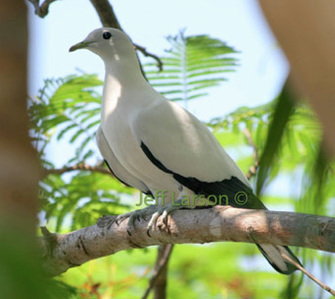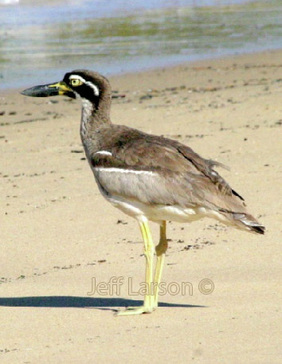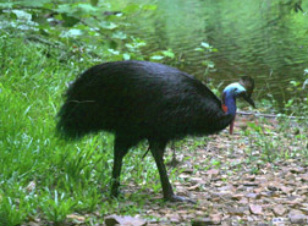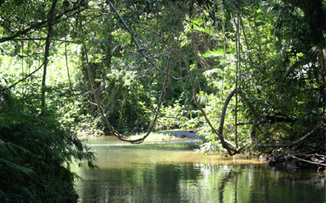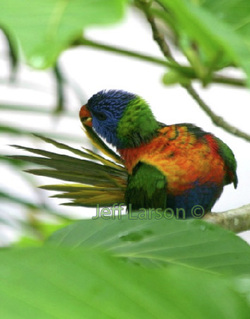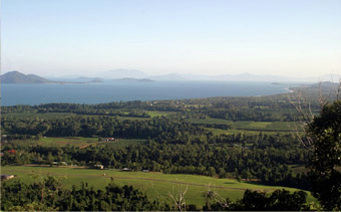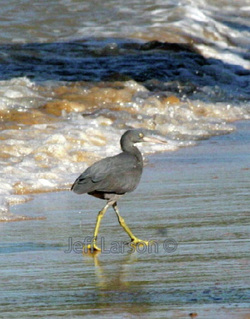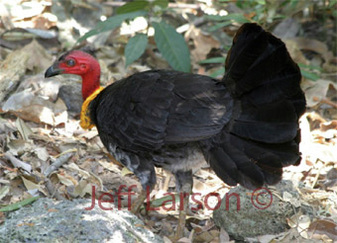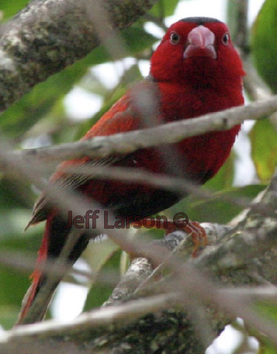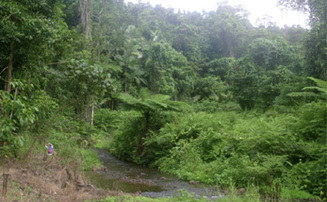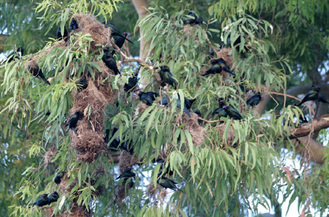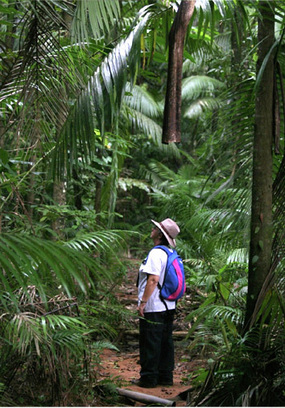BIRDING MISSION BEACH
Places to go for birds - around Mission Beach and nearby
Adrian Walker’s booklet “Birds of Mission Beach and environs” provides a list of 282 species that can be seen in a triangle from South Mission Beach to Kurrimine in the north and across to Tully in the west. The booklet can be obtained from the Mission Beach Visitor Information Centre
The Tropical Queensland Bird Trails lists species that can be seen and localities to visit, including the Mission Beach area. A big thanks to Helen Larson for the information on this page and to Jeff Larson for the wonderful photos. |
Alan Gillanders Wildlife Tours
Birds Australia Conservation through Knowledge
Bird-O is a website about birds and birding in Australia
Photographer Dave Watts - on the trail of Australian wildlife
|
